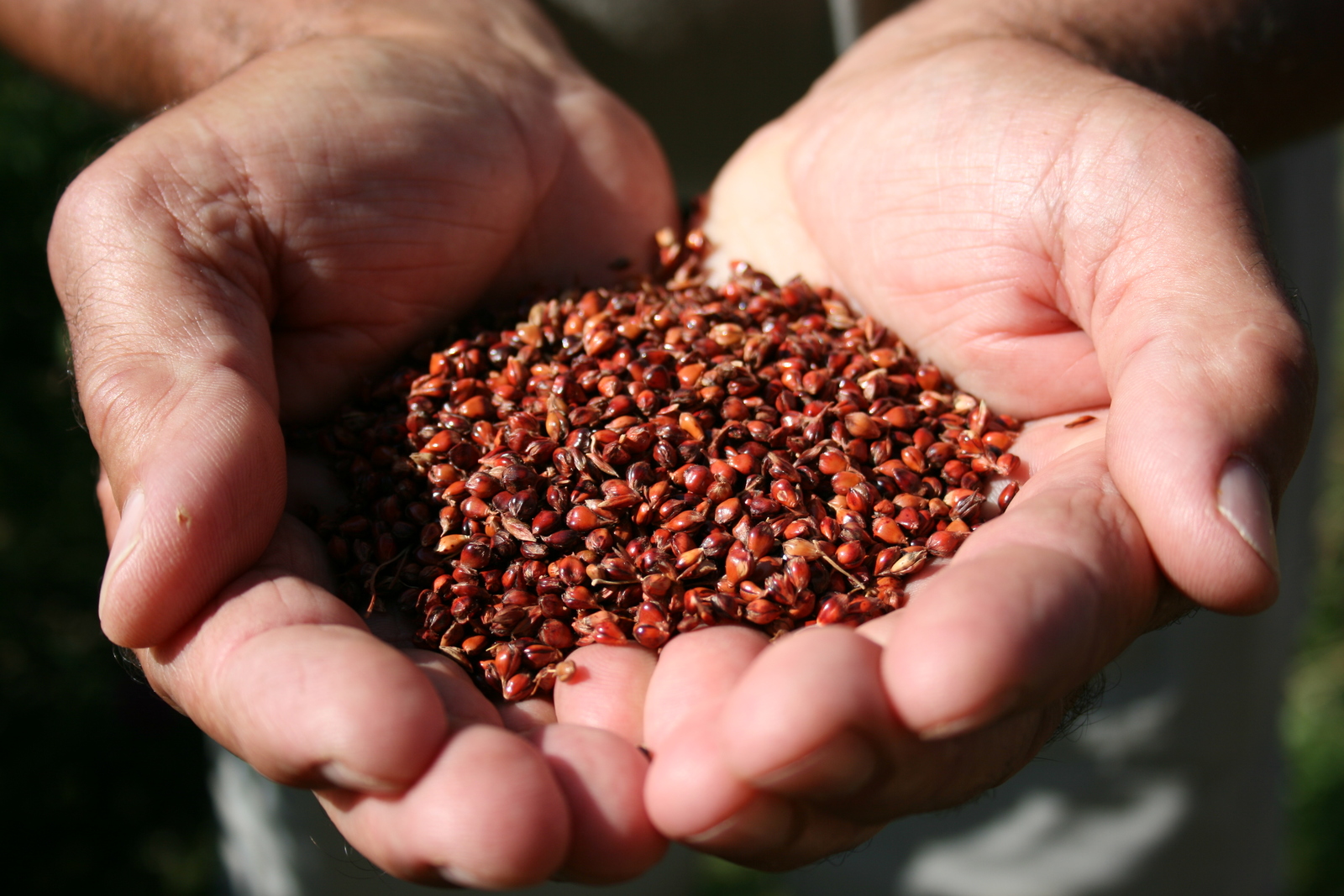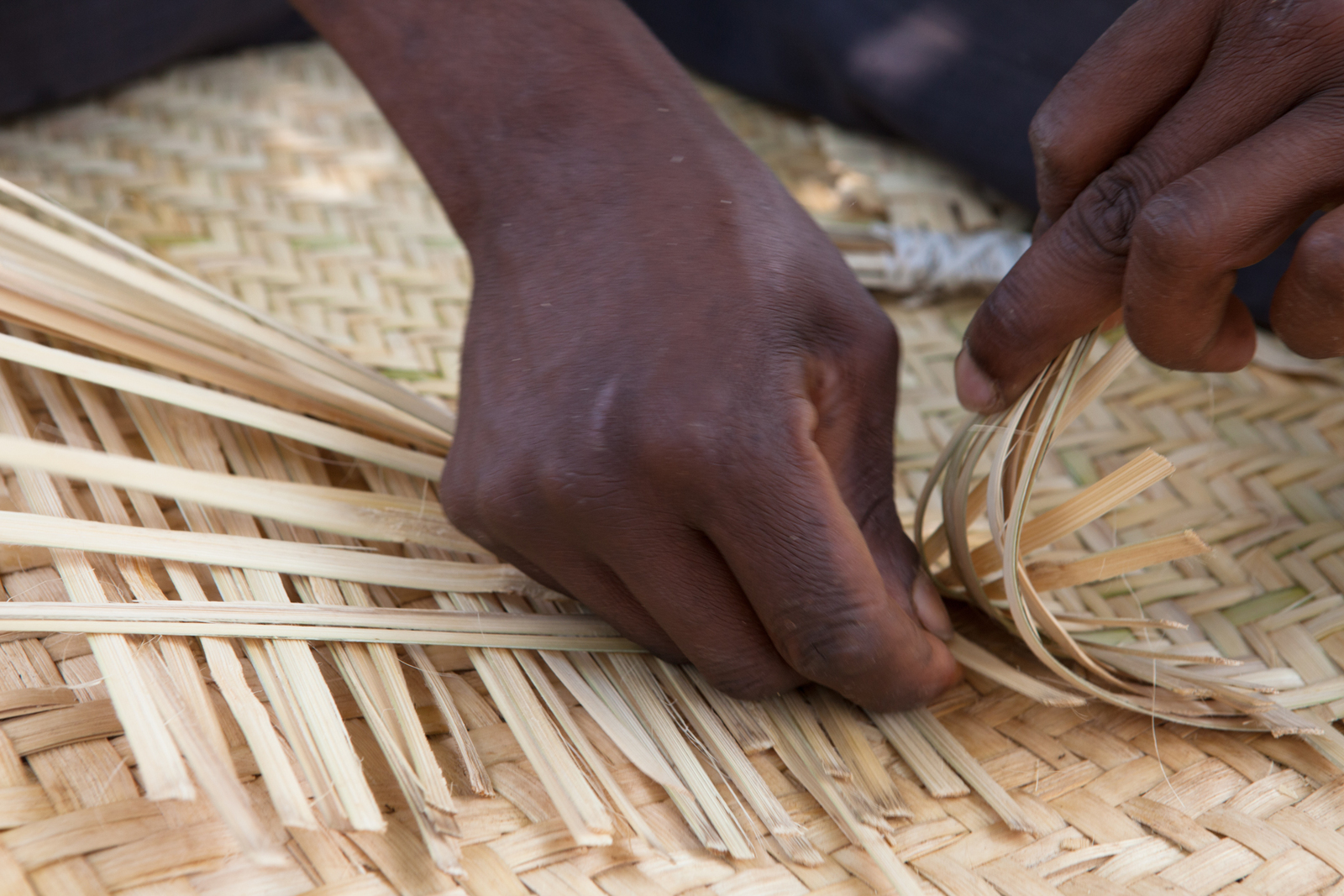Since its ratification in 2009, the Austrian Commission for UNESCO has developed focal points for implementing certain areas of the Convetion together with the tradition-bearers and the advisory committee. Given that intangible cultural heritage is always borne by experience and knowledge, the areas ”knowledge in dealing with nature” and “traditional craftsmanship” are of particular importance. Raising awareness, safeguarding and passing on traditional knowledge form the main focus.


Knowledge and practices in dealing with nature and the universe
The decade-long strategy of outsourcing responsibilities, even with regards to health, illness and natural risks, has led to a rapid loss in individual responsibility and competence, which not least has a dramatic impact on the health services. By involving experts, it is for example possible to discuss the challenges relating to passing on and safeguarding traditions, complementary healing methods and dealing with natural risks . Amongst other things, this has led to the establishment of the documentation centre for “Traditional and Complementary Healing Methods in Austria” (Traditionelle und komplementäre Heilmethoden in Österreich). Here, the focus of interest is mainly on reviewing current complementary medicines as a prerequisite for all further considerations. Another result is the international submission of the component “Managing Avalanche Risks” together with Switzerland for acceptance in the Representative List of Humanity.


Traditional craftsmanship
The observation that traditional crafting jobs are increasingly disappearing and that they represent a less attractive option for apprentices has led to the consideration that awareness should be raised about the topic of craftsmanship. Above all, the core principle of passing on skills from master to student, as well as safeguarding the cultural techniques developed over centuries must continue. In addition to the entries in the National Inventory which documents these craft techniques and methods of passing them on, the international entry of three Austrian craftsmanship centres (Werkraum Bregenzerwald, Textiles Zentrum Haslach and Hand.Werk.Haus Salzkammergut) in the international UNESCO list of examples of good practice is a significant contribution to increasing the visibility of Austrian craftsmanship. The study published in 2016 entitled “Traditional Craftsmanship as Intangible Cultural Heritage and an Economic Factor in Austria“ (Univ. Prof. Dr Roman Sandgruber, DI Heidrun Bichler-Ripfel, Prof. Mag. Maria Walcher) takes stock of this and also serves as the basis for future measures of promotion.

Education
The 2003 Convention recognises the important role that education plays in the recognition, respect and enhancement of living heritage in society. Teaching and learning with living heritage in school education is an important contribution to the achievement of Sustainability Development Goal 4 (SDG 4) - Quality Education, in particular Goal 4.7, which advocates for "appreciation of cultural diversity and of culture’s contribution to sustainable development". Furthermore, the transmission of intangible cultural heritage to future generations is a key aspect of its long-term safeguarding. Education is thus an important focus in connection with ICH - both on a national as well as an international level. In 2019, UNESCO together with the EU and the ASPnet Schools carried out a EU-wide project to bring ICH into the school curriculum. In the course of this project, a series of teaching materials and documents were produced that teachers can use to teach pupils about living heritage.

![[Translate to EN:] © J. Ségur/ZED, with the permission of UNESCO](/fileadmin/_processed_/d/b/csm_Convention-2003-IKE_0832a6a47d.jpg)
![[Translate to EN:] © ÖUK](/fileadmin/_processed_/3/9/csm_P1011318_7eac86402f.jpg)

![[Translate to EN:] © Weitblickfilm](/fileadmin/_processed_/9/8/csm_Workshop_17_2dee1e1fd8.jpg)